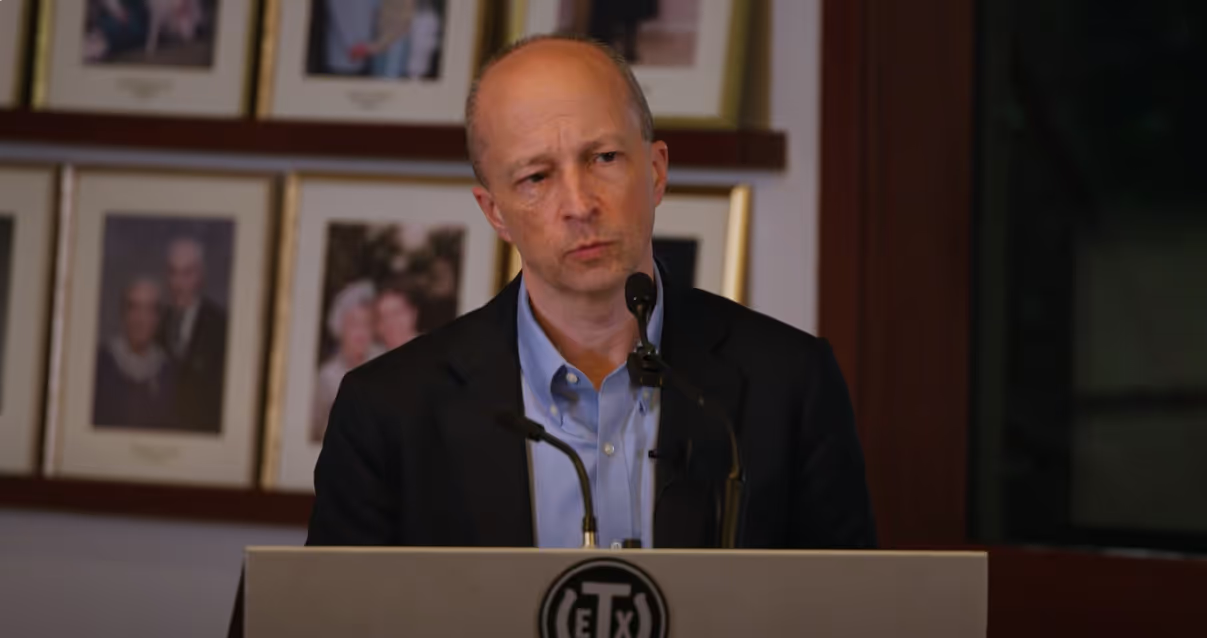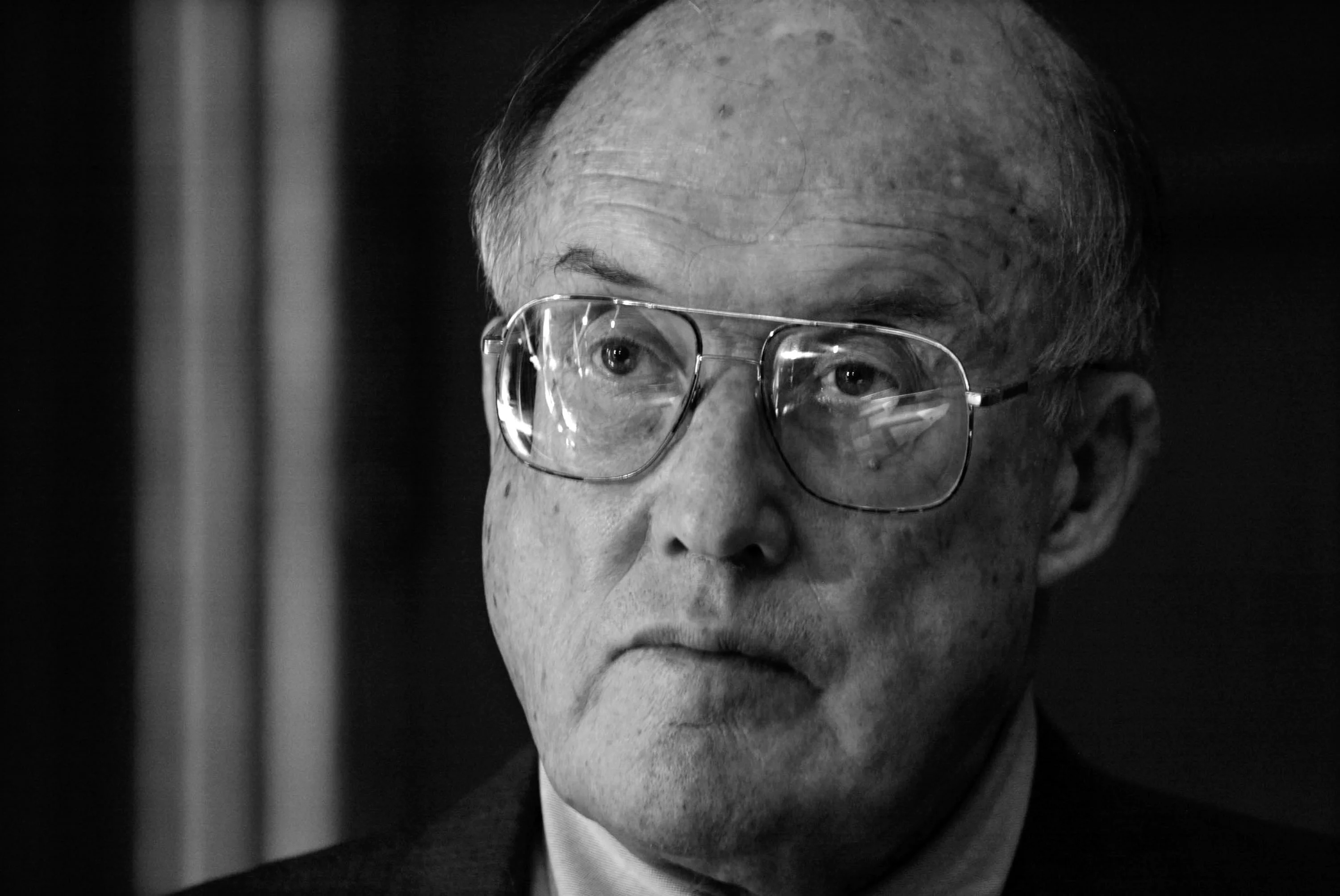
Deregulating the University on Sex and Age
The civil rights laws go astray when they mandate parity by sex in college athletics and forbid mandatory retirement by age.
In the early days of the Trump administration, open warfare has broken out over how much coercion governments should impose to offset the enormous role that DEI (Diversity, Equity, and Inclusion) now plays in every area of university life. The administration’s champions are unrelenting in claiming that only massive government intervention can reverse these dire trends; meanwhile, passionate defenders of the status quo fear the heavy-handed actions of the federal government. Consistent with my Trump a la carte views—I support the Trump administration’s demand to remove all DEI claims from grant applications in the sciences—so long as the full range of social issues relating to wealth and other disparities remain legitimate topics of study. Given their widespread voluntary adoption at private universities, I am uneasy about its categorical condemnation of all the many variations of affirmative action programs. I strongly opposed Trump’s unilateral decision to cut indirect support of science grants to 15 percent of the direct costs of the grants. Moving too rapidly on this devilishly difficult subject could shut down too much ongoing scientific and medical research.
There is, however, another way in which to attack woke institutions inside universities that does not touch any of these hot button issues, but instead looks back to major mistakes in the law of discrimination that have limited university autonomy on two key dimensions: sex and age. On the former topic is the 1979 Policy Interpretation: Title IX and Intercollegiate Athletics ensuring close proportionality between men and women in college athletics, which imposes detailed line-item government review on every possible aspect of faculty compensation and athletic faculties. The second is the Age Discrimination in Employment Act (ADEA), which, after its 1993 Amendments, unwisely banned any mandatory retirement provisions for tenured faculty. Both these affronts to university autonomy should be undone.
The basic command of 1972 Amendments to Title IX read with pure innocence: “No person in the United States shall, on the basis of sex, be excluded from participation in, be denied the benefits of, or be subjected to discrimination under any education program or activity receiving Federal financial assistance.” For most routine matters, it is utterly inconsequential because no university will tolerate academic programs that exclude women. But, as I have long argued, Title IX has never worked for athletics, where sex differences lead to differential demand for participation in both intramural and intercollegiate sports. Accordingly, for men and women to have equal opportunity, there should be more men’s than women’s teams. Under the current regime, however, the need for massive rates of participation in men’s football necessarily upset any perceived parity, which no major university will dare touch since those revenues prop up all minor sports teams. Consequently, men’s teams in sports like swimming, gymnastics, and wrestling are cut, while huge scholarships are offered to women’s teams in sports like ice and field hockey to balance the numbers. Thus, men’s wrestling programs dropped from 155 in 1965 to 79 today. Explicit discrimination occurred when UCLA disbanded its men’s swim team in 1994 after winning a national championship. The demand for men’s sports is thus thwarted because Title IX has choked off the supply of teams. The supposed rationale for this legal fratricide is to end discrimination against “the underrepresented sex”—code words for women—which in turn requires a continued expansion of activities until their demands are “fully and effectively accommodated.”
Though it is doubtful that this provision was even needed back in the 1970s, given the internal demands that had already led to a steady and rapid expansion of women in sports, it is spectacularly clear fifty years later that there is no longer a need for this subsidy. “While men had a 58 percent share of total enrollment in 1970, by 2025 they are estimated to have a 43 percent share, with the women’s share reaching 57 percent.” Similarly, graduation rates are about 54 percent for women and 43 percent for men, where the gender gap is even higher for Black and Hispanic men. To top it off, the number of women in positions of power and influence inside universities—presidents, provosts, deans, general counsels, trustees—has also grown substantially in recent years. Artificial parity in athletics that chokes male athletic opportunities is not needed to preserve the vitality of female athletic programs, which should no longer be treated like infant industries in need of tariff protection.
With today’s power relationships, under any fair reading of Title IX, male athletes will have become the underrepresented sex. It would, however, be repeating an earlier blunder to bring Title IX claims against women athletes and coaches. No one should want to wade through the number of possible explanations for that trend, given that more men go in to highly desirable jobs—e.g. construction and tech jobs, including such notable college drop outs Bill Gates and Mark Zuckerberg. So forget the next generation lawsuits. Trump can take the long overdue step of removing the 1979 policy directive, just as he has replaced the bloated post-Johnson Executive Order 11246 on affirmative action with E.O 14173. That move should reduce university compliance costs, defang much of its DEI staff, and increase opportunities for male sports. Competition will do the rest.
The path to the repeal of age discrimination rules on mandatory retirement will take longer to achieve because it is embedded in the statute. But the case for it, as I have long argued, most notably in Forbidden Grounds, is every bit as imperative. The previous system allowed universities to set their own retirement policies for tenured faculty. The process is a delicate balance because it would be intolerable to run a university in which the Board of Trustees can empower its president or provost to dismiss faculty members, without cause, for political or ideological reasons; a faculty senate or similar body is necessary to deal with the structural issues of how departments and programs should be created, run, modified or eliminated, and to serve as a forum to voice varieties of views. However, by the same token, the independence of these bodies does not need an external command from the government that treats age limitations on tenured faculty as fatally flawed. Universities can, and did, modify their retirement ages voluntarily so that with the longer life spans of today, the sixty-five-year cap of 1965 should give way to a higher one, as has happened.
The ostensible argument is that there is some form of invidious discrimination at work against older faculty members. But the reason the practice was so pervasive is that it was a general recognition that, in most cases, academic abilities decline with age, so it becomes costly to try to adjudicate these issues of performance levels individually.
But just because the government stays out of the business of regulation does not mean that private universities are insensitive to the obvious truth that the decline in skills is not uniform across the population, so it is all too easy for aggrieved faculty to bring age discrimination suits because it is well known as a stylized fact that evidence of weak performance from past acts is not needed to capture the systematic risk of future decline. It is often difficult for the current university employer to make subtle differentiations among faculty, given the need to make awkward comparisons that no faculty committee wants to do on its peers and colleagues. But there is conclusive evidence that the current system is wildly inefficient, for virtually every research university has put in place one or more buy-out plans to undo at a fancy price (measured by years of salary) the damage caused by prohibiting mandatory retirement rules. These plans, to my knowledge, always operate on a take-it-or-leave basis because it is well understood that individual bargaining imposes high costs and invidious comparisons that don’t get any easier when they are leaked.
But once the buyouts are done, a secondary market develops in other universities whose faculty are neutral parties not weighed down by these awkward conflicts of interest and thus can make better judgments about which faculty members get jobs in this secondary market. Sadly, stronger faculty members are more likely to take this option, which is why this solution is weaker and less effective than the older mandatory retirement regime.
There are, moreover, good reasons to adopt these practices. It is not just that retained faculty members will decline in ability. It is often that they carry high legacy salaries. It is a rough rule of thumb that a faculty member at age 75 may have a salary twice that of a new faculty member half his or her age. Worse still, older faculty members have skills less attuned to current needs, and, given their seniority, these old-timers often play a disproportionate role in faculty governance, hiring, and curricular reform. At the same time, graduate students are less likely to turn to them for thesis advisors because they are less likely to serve in that role in the many years it takes to complete a thesis.
I cannot think of a single dimension in which this ham-handed system of government regulation of tenured faculty does better than a competitive market in faculty. So why did this emerge? Largely because of the heavy influence of organizations like the American Association of University Professors (AAUP) whose mantra is to “organize every campus,” which is all the evidence one needs that its chief objective is to maximize union influence, not to improve university education. It behooves the Trump administration to restore voluntary age discrimination caps. There are many other institutions and individuals, including universities themselves, who can resist, as they must, any intrusions on university autonomy.
Richard A. Epstein is a senior research fellow at the Civitas Institute. He is also the inaugural Laurence A. Tisch Professor of Law at NYU School of Law, where he serves as a Director of the Classical Liberal Institute, which he helped found in 2013. Epstein is also the James Parker Hall Distinguished Service Professor of Law Emeritus and a senior lecturer at the University of Chicago.
Constitutionalism
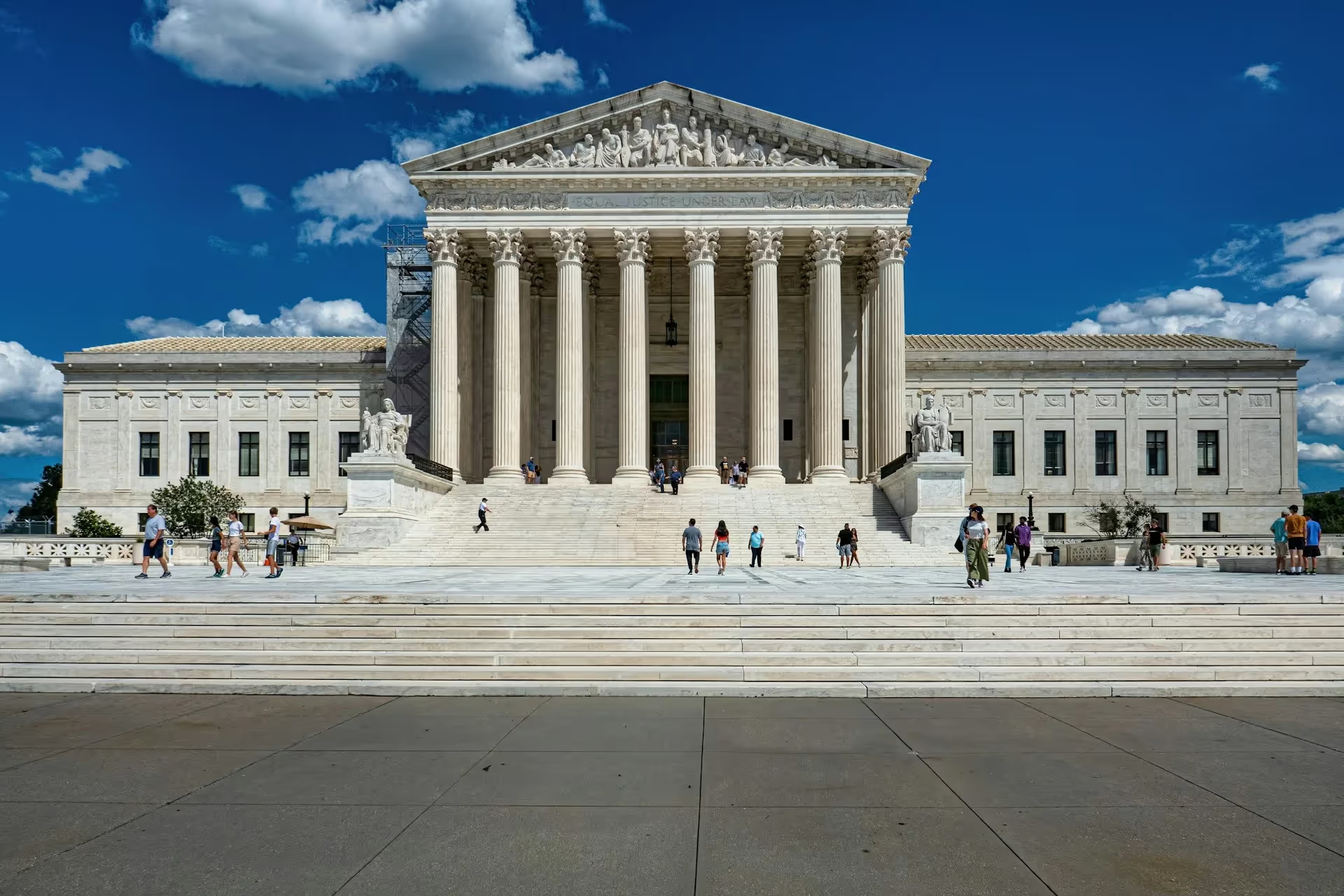
Amicus Brief: Hon. William P. Barr and Hon. Michael B. Mukasey in Support of Petitioners
Former AGs Barr and Mukasey Cite Civitas in a SCOTUS Brief

Rational Judicial Review: Constitutions as Power-sharing Agreements, Secession, and the Problem of Dred Scott
Judicial review and originalism serve as valuable commitment mechanisms to enforce future compliance with a political bargain.
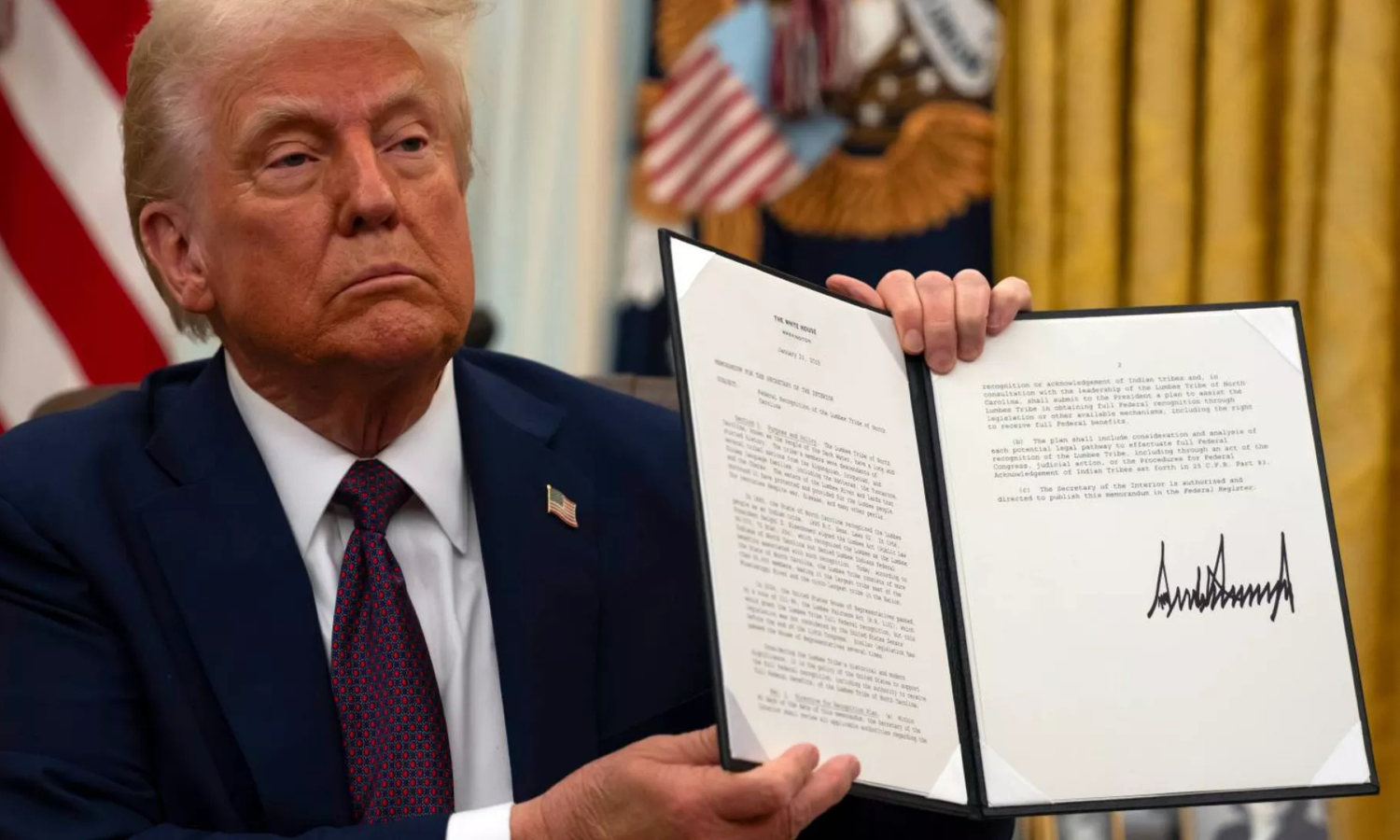
Supreme Court showdown exposes shaky case against birthright citizenship
Supreme Court will hear challenges to Trump's order ending birthright citizenship, testing the 14th Amendment's guarantee for babies born in America.
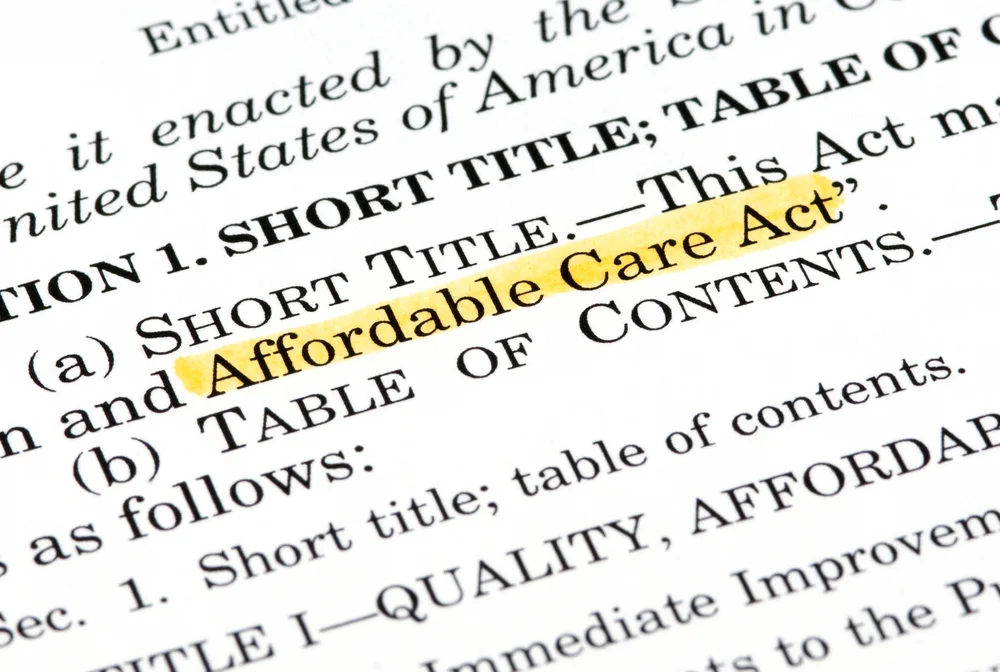
Obamacare Should No Longer be SCOTUScare
Whatever one makes of the Supreme Court’s “why bother” attitude to its prior statutory rulings, Republican leaders in Congress should accept the invitation to provide a legal fix to Obamacare.
.webp)
Chadha’s Mistakes and the Diminished Congress
The Chadha decision fueled the executive ascendancy that Chevron soon cemented, leaving Congress weakened in its wake.
.avif)

.avif)

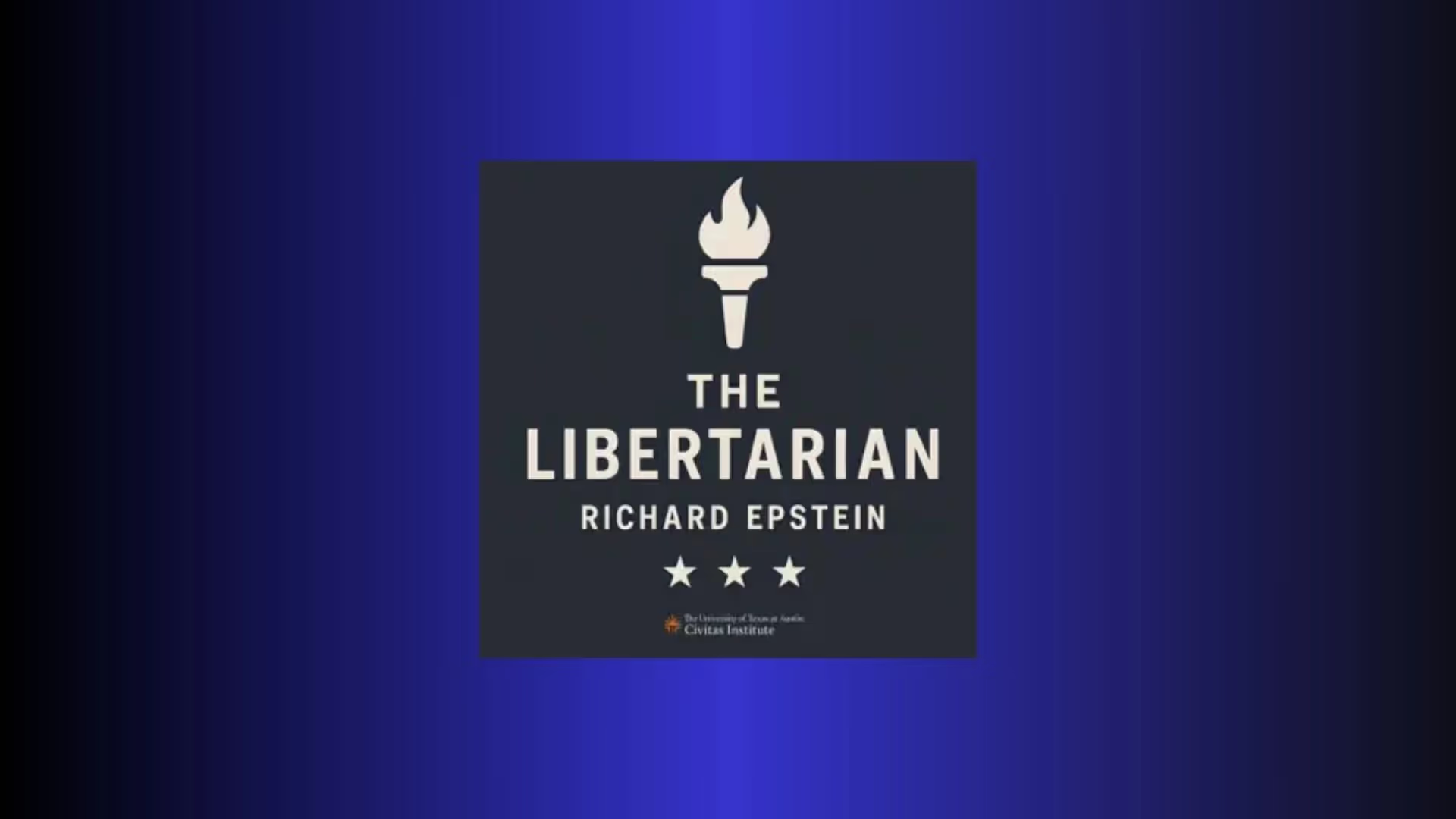
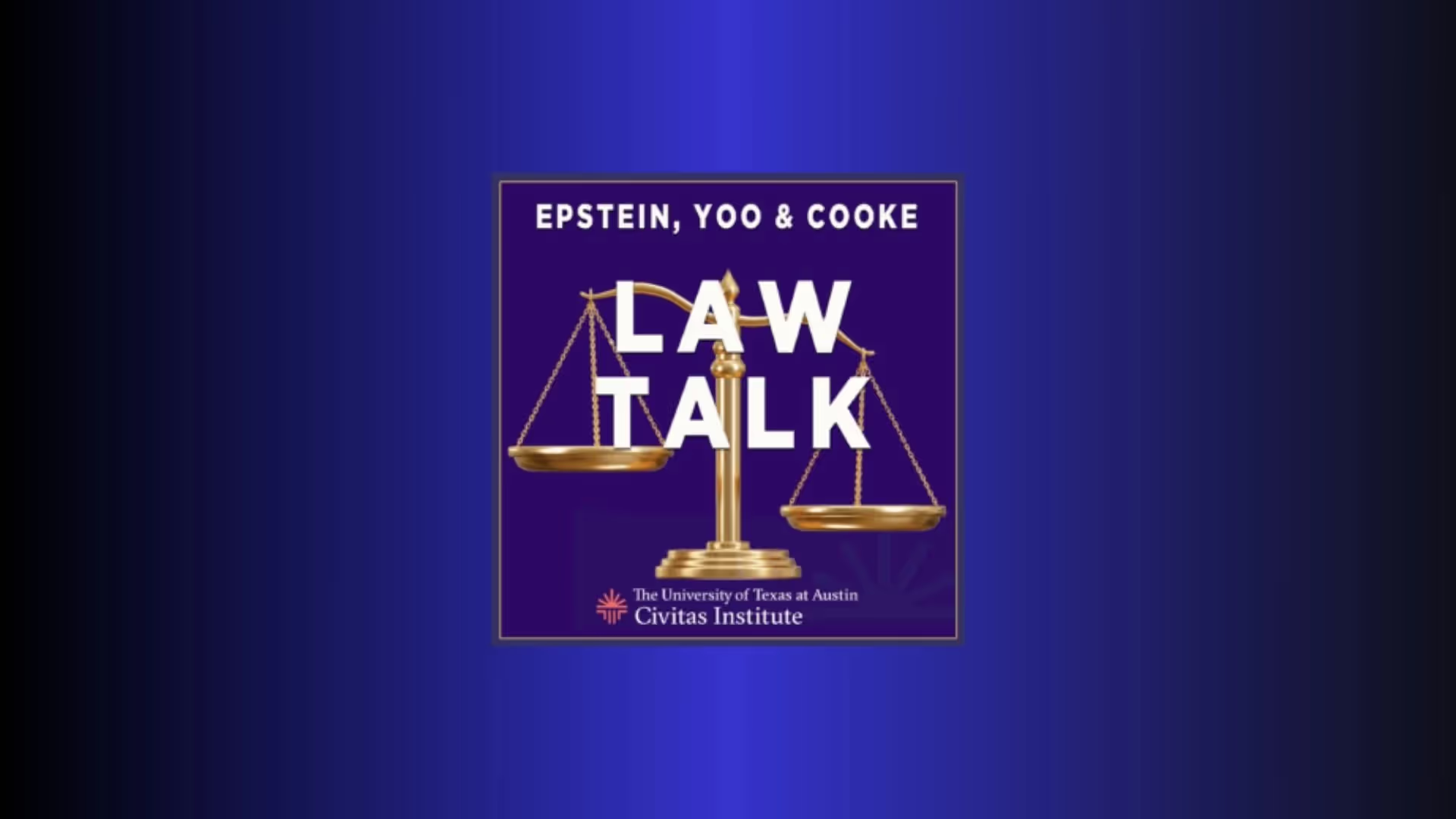




.avif)
.avif)

